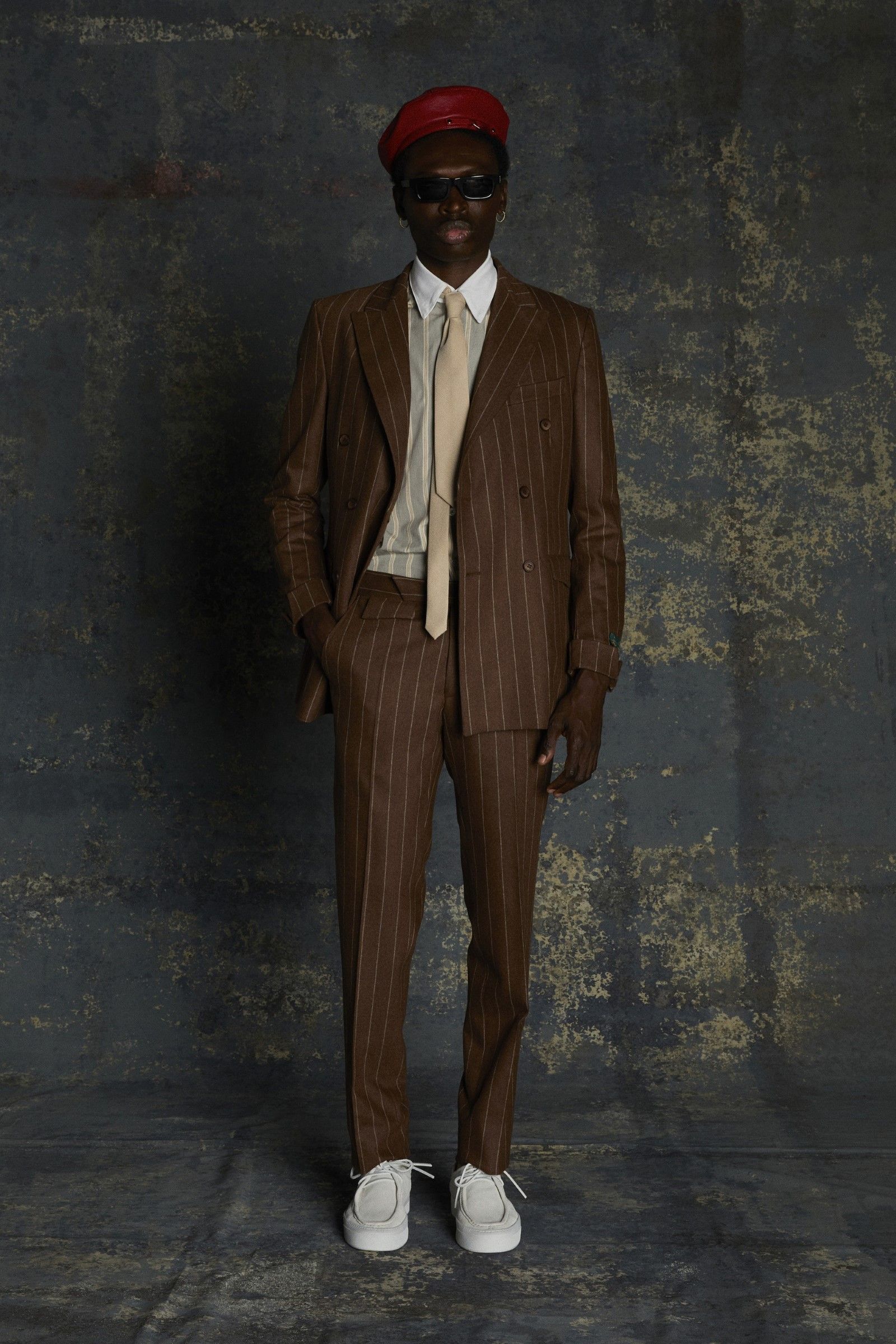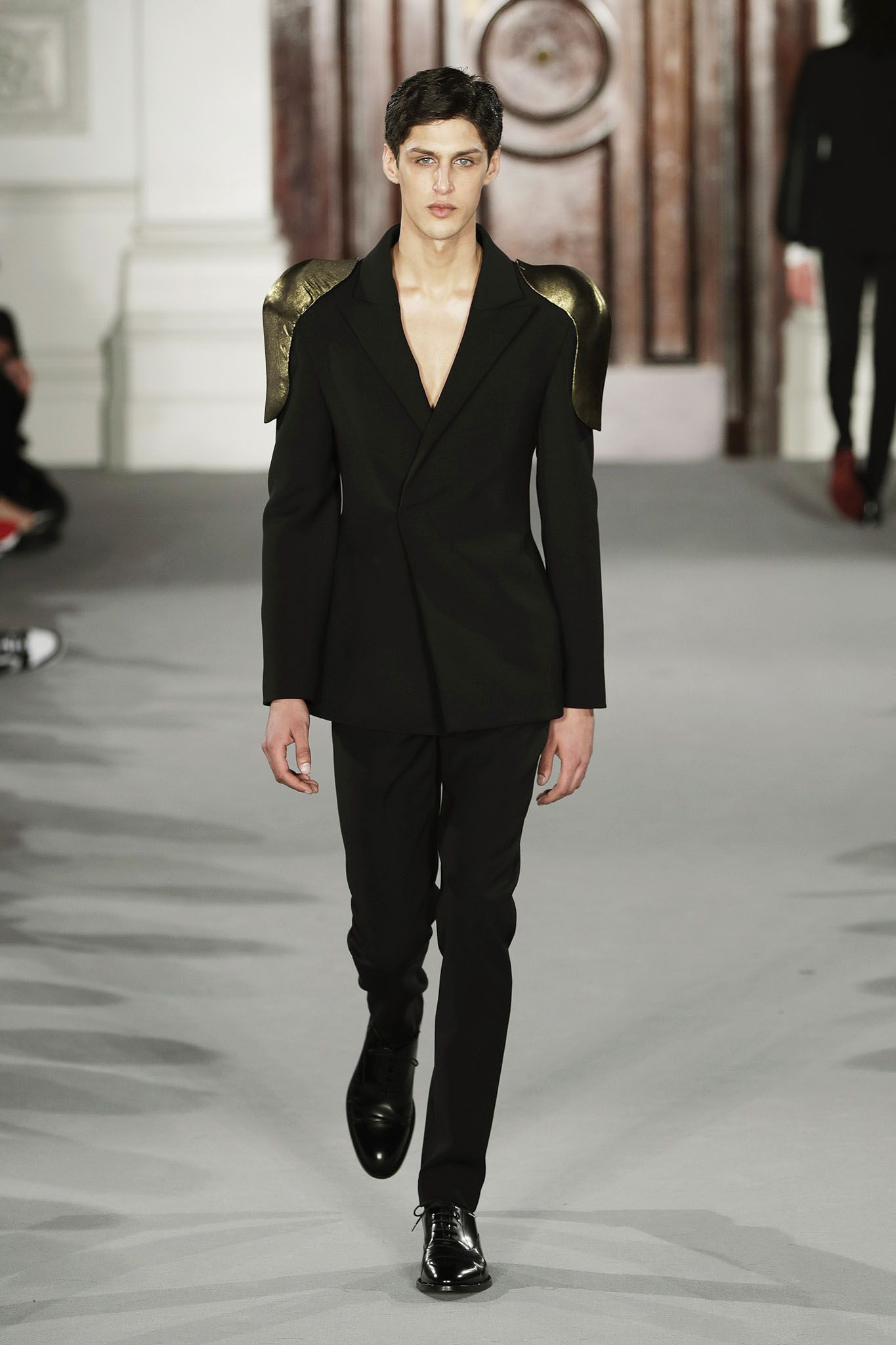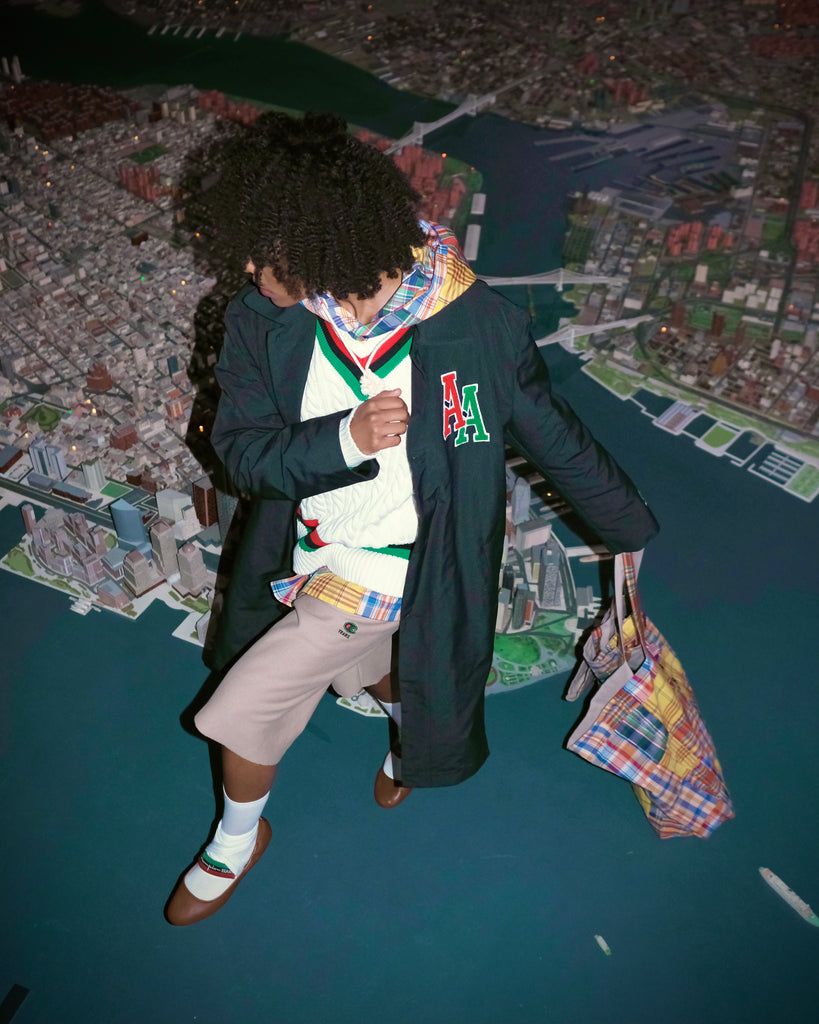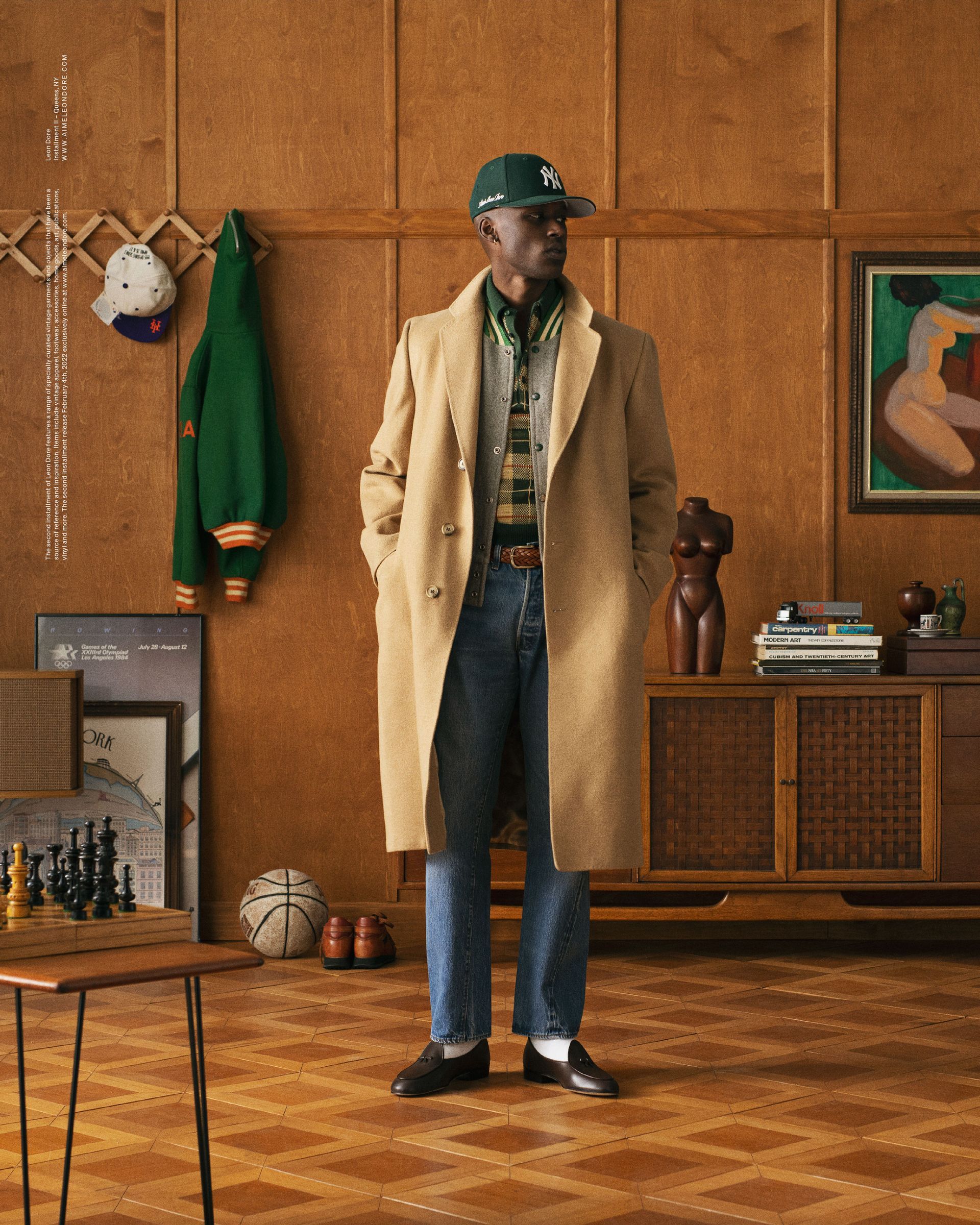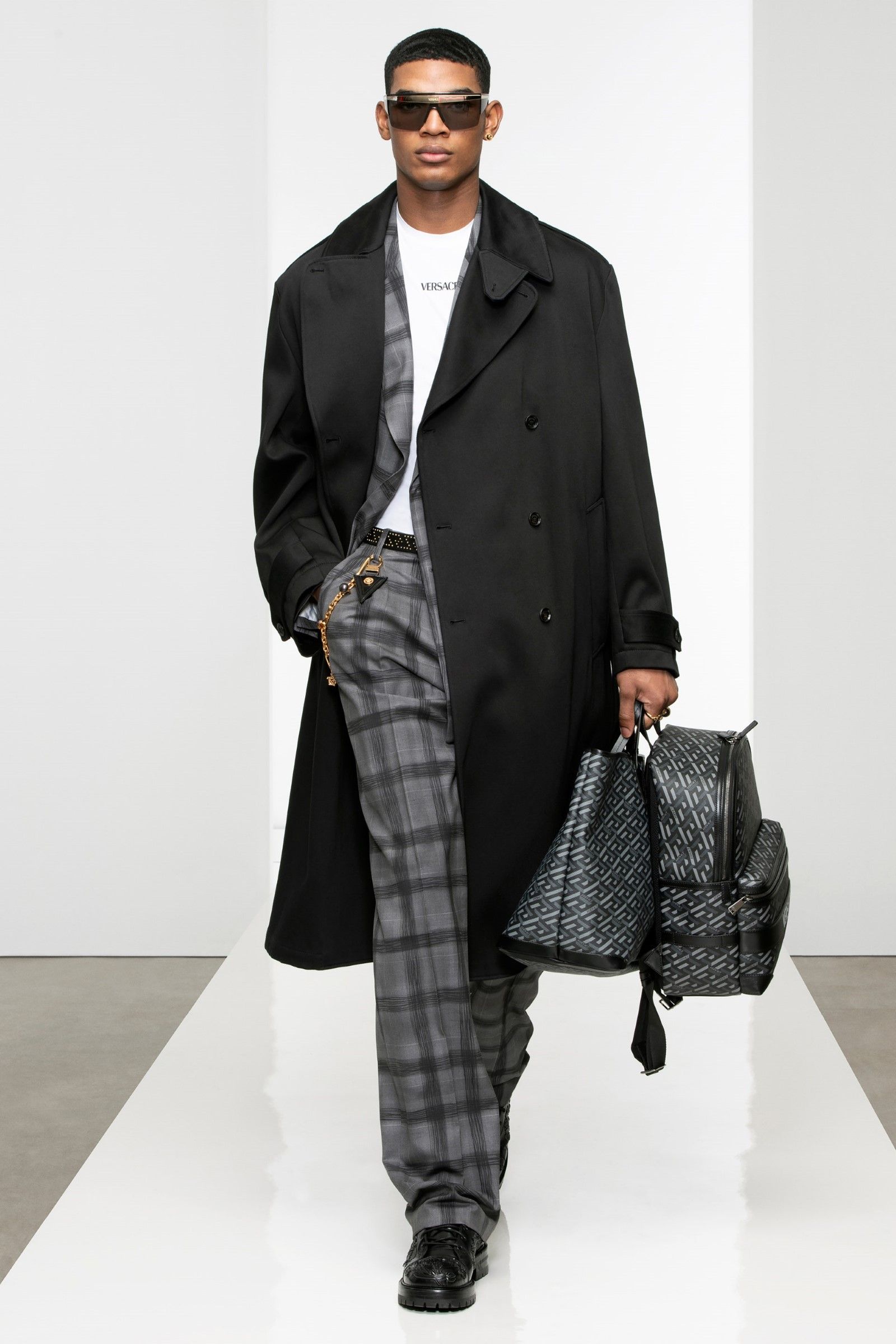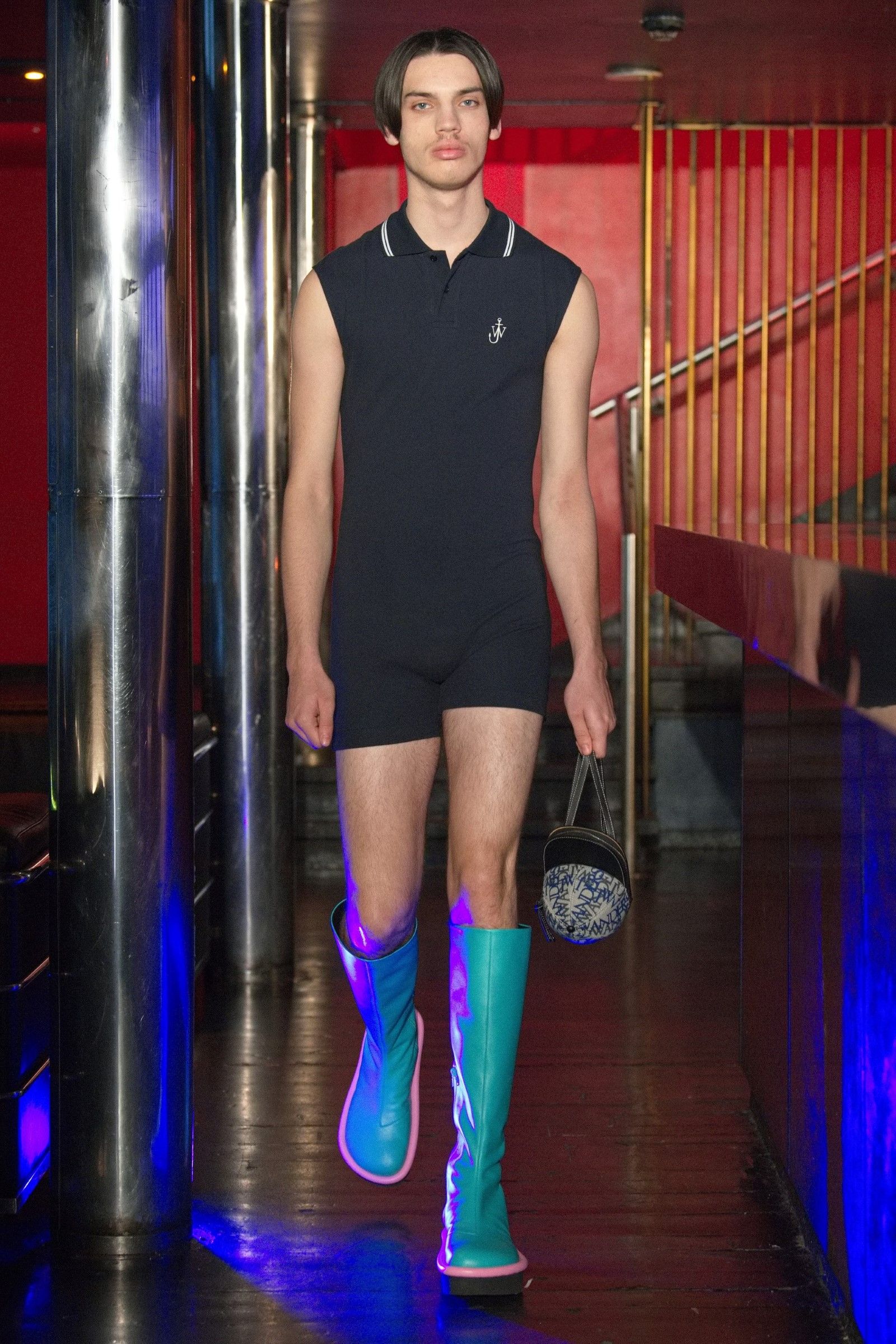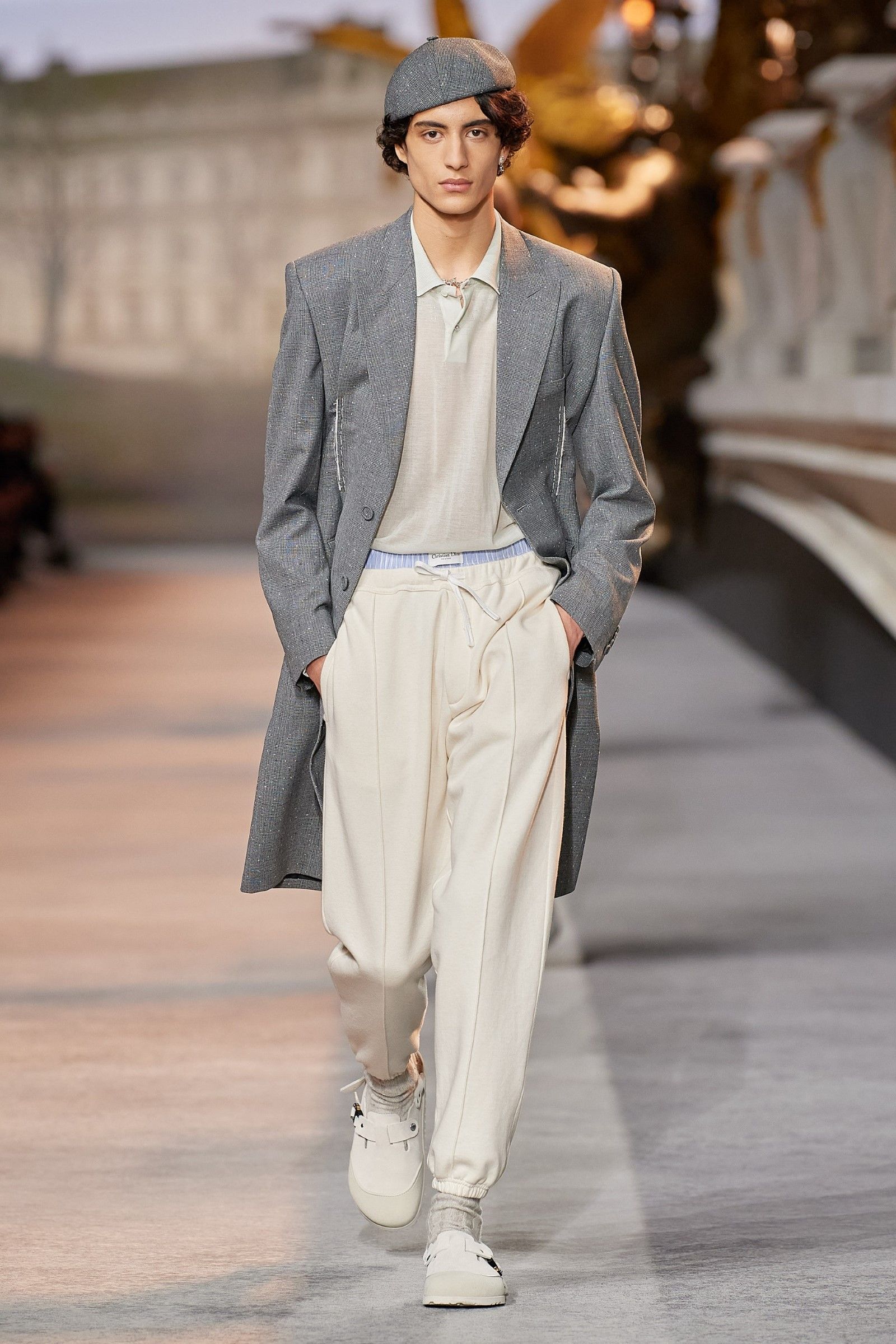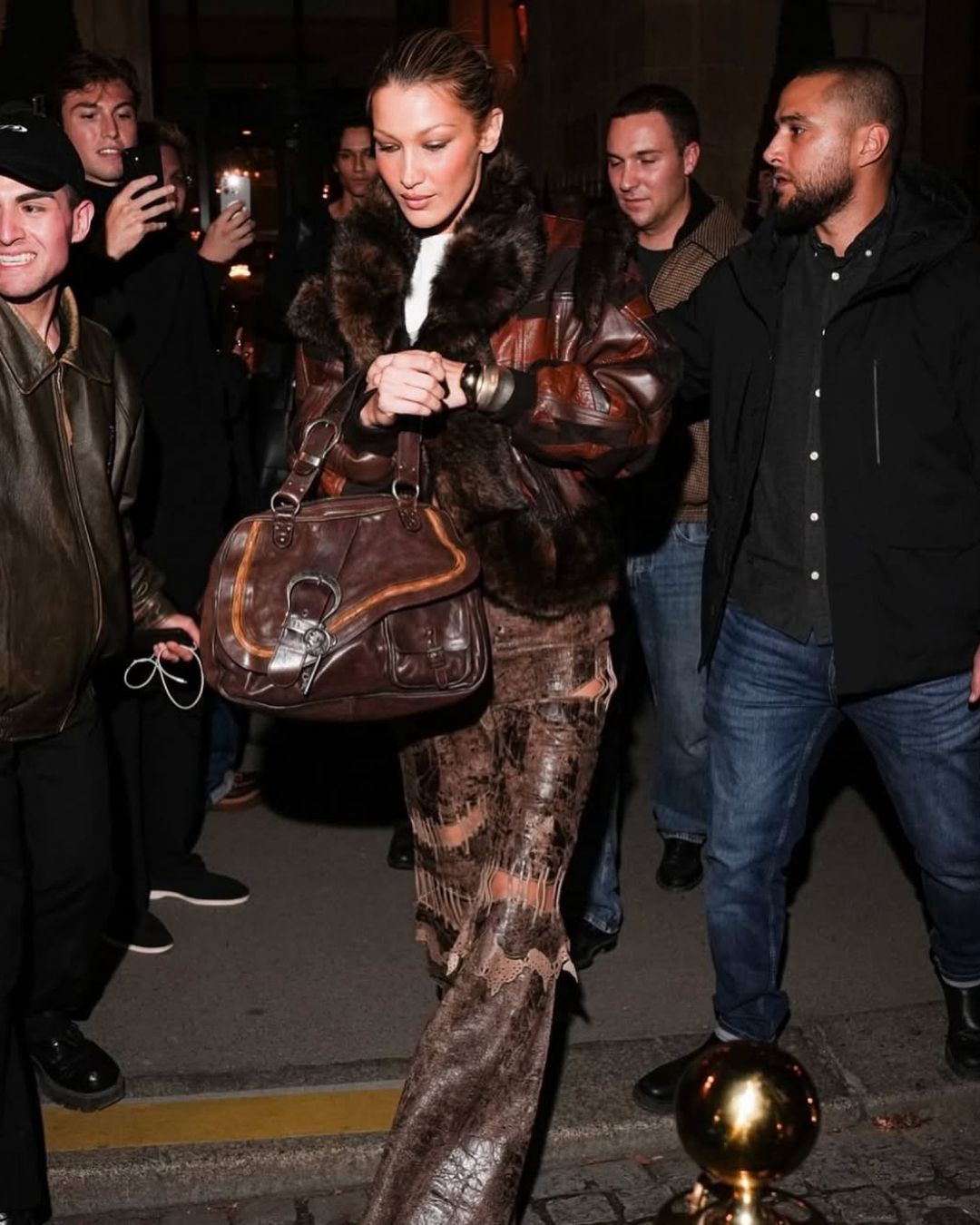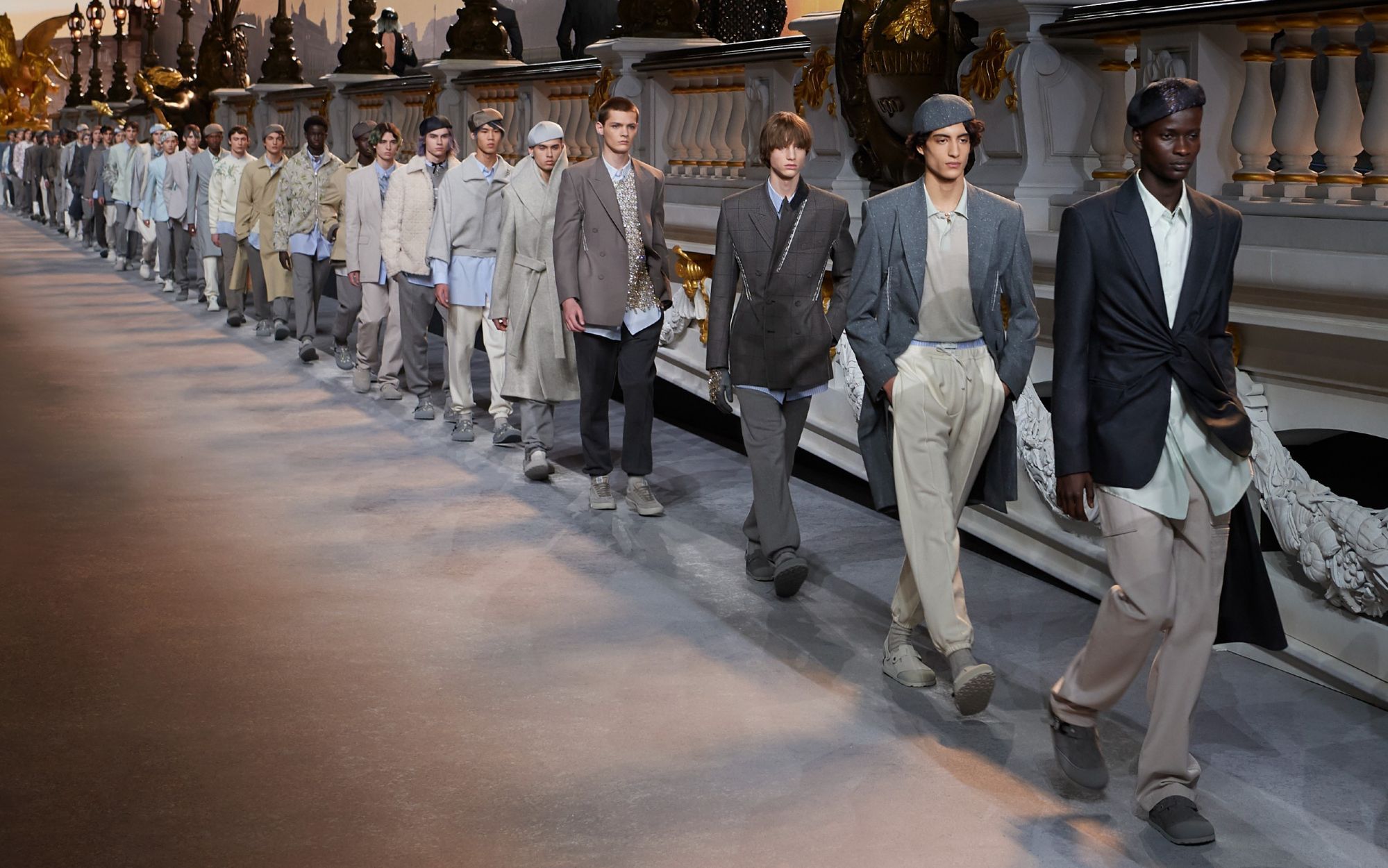
The return of preppy in menswear New formality or new comfort?
In recent years the dark academia aesthetic has collected 1.8 billion views on Tiktok, signaling a progressive return of the preppy wardrobe in the taste of the public and ending up finding its reflection in menswear fashion collections with a revamping of the men's suit (although revised and updated for modern times), a strong insistence on coats as a statement pieces and a rereading of those codes representative of the college style edited to be inspired by that world leaving out its inherent repressiveness and expressive homologation. The beauty of preppy is that it is a style that recalls formality but without defining it in excessively narrow terms – it can be something cheerful and lively like the latest Gucci Pineapple collection or something vaguely dark and vampire like the debut collection of Egonlab that practically opened last Paris Fashion Week. With his first show for Kenzo, Nigo also supported the cause of the preppy while Miuccia and Raf da Prada brought to the catwalk a series of very formal gray looks rethinking the structure of the classic, solemn male double-breasted. The list goes on. The most striking case, however, was that of Dior Homme where, by applying the stylistic features of women's couture to menswear, Kim Jones made progressive a series of tendentially conservative dress codes, complete with blue shirts under the pullovers, total grey or total cream suits and a classic decorum that never seemed, at no time, rigid or retrograde.
It would be almost easy to talk about the polarization of fashion, an increasingly clear gap that separates the trans-avant-garde of hyperfluid or hypersexy menswear of designers who explore or imagine the future of society and the affirmation of a more reassuring and codified vocabulary that, while relaxing, could be worn at a first communion without causing heart attacks or failures to the most aged relatives. But it is not true: the new preppy that we see on the catwalk seems so new and relaxed because it has learned the lesson of genderlessness, because it makes the verse to that aesthetic vocabulary from which it borrows its external forms and precisely because it abandons its retrograde pretensions in favor of a new softness and adaptability (both metaphorical and literal). JW Anderson, for example, took the classic polo shirt and turned it into a kind of one-piece sleeveless suit that reminds a bit of those swimsuits of the early '900 and a bit of the tightness of the wrestlers. Something similar was seen in the last Louis Vuitton show where the combo of varsity jacket and turtleneck found a twist in transforming the turtleneck into a kind of great honesty. Versace instead, in what is perhaps its most formal collection in years, has animated a series of immaculate formal and relaxed silhouettes with dazzling colors, overlapping in some cases two cardigans, revisiting the lozenge sweater but above all transforming the suit and its "relatives" into something comfortable.
The return of the macro-trend has also appeared on the catwalk in the last few days at London Fashion Week: Stefan Cooke, Ahluwalia, Kaushik Velendra and Daniel Fletcher have all rethought knitwear formats, suits and outfits with a more sartorial flavor on their catwalks. But perhaps its real locomotive was the slow but steady shift of former American streetwear designers to this new formality: Teddy Santis would be the first, the creator of a visual aesthetic that now dominates 80% of the high street market; the other is Rhuigi Villaseñor who this year would also have given Rhude the consecration of the catwalk if it had not been for the Omicron variant; the same could be said of Tremaine Emory and Brendon Babenzien who have grafted the codes of college clothing onto the stem of streetwear to varying degrees. After all, avant garde aside, it's hard to make streetwear/sportswear look luxurious in 2022, after a tsunami of old and new brands, some semi-immortal and others with very short lives, drowned the market in hoodies and puffer jackets. Apparently, however, it was not the hoodie that buried the blazer but exactly the opposite.












































